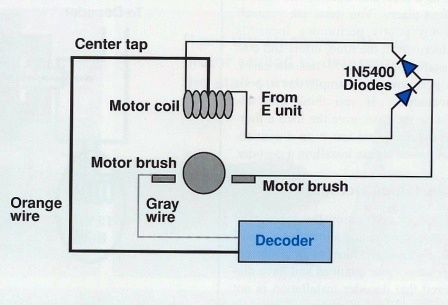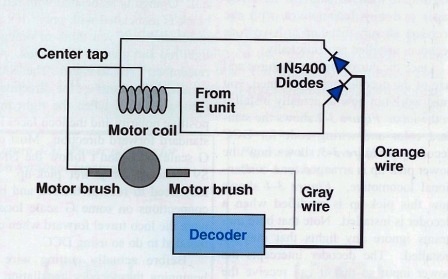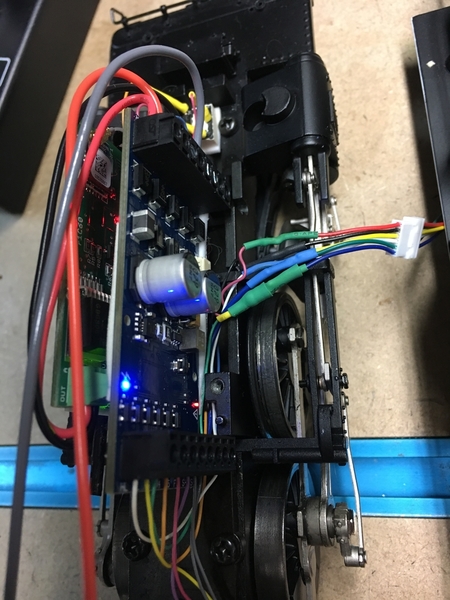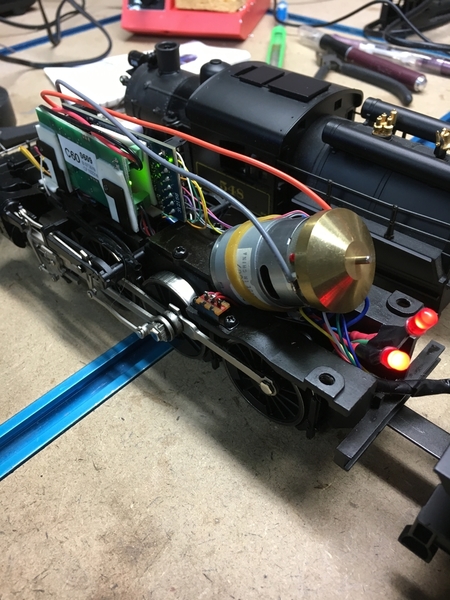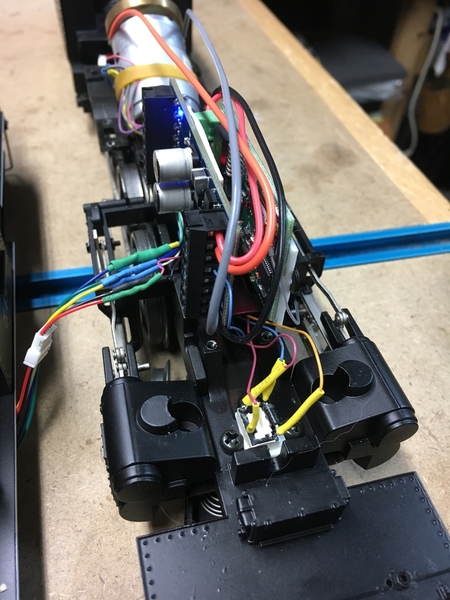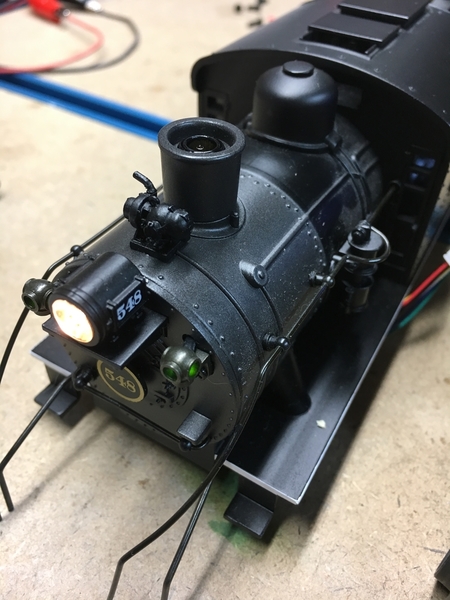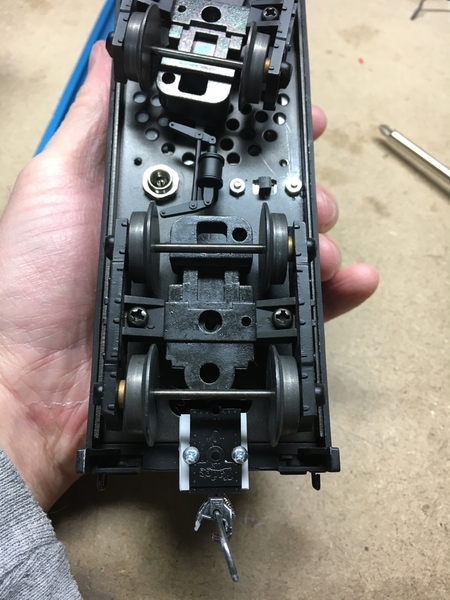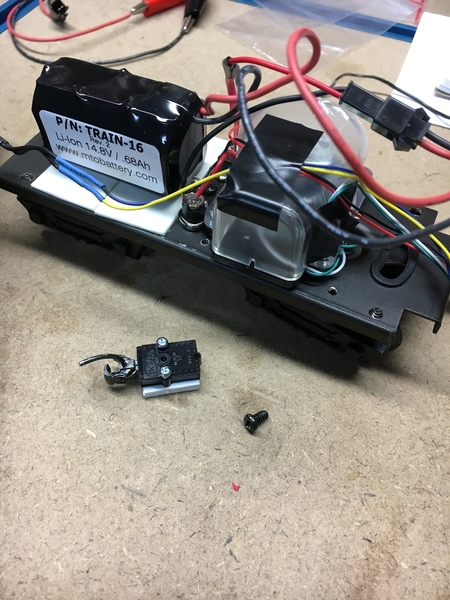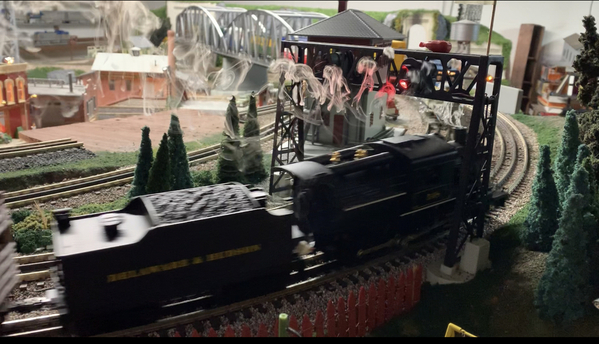I have three steam locomotives that I have converted to DCC in 3-rail, and I got started with that because of the demise of the original Electric rr co.
I've had to use a bridge rectifier, a 2200 microF cap, and an Airwire G3, but it has been worth it, although it costs almost $300 per engine, but this isn't much more than the old QSI systems, and the sound is not only superior, you can buy a Tsunami or WOW decoder that's meant for ho, which is great for smaller steamers.
The best part is that you aren't locked in to only one type of engine sound like you are with all the 3-rail specific systems. You get nine different chuffs, eighty different whistles, nine types of bells, eight air compressors, multiple types of turbogenerators, all in the same package. You just dial up each sound on your handheld, and select the one you want.
My K4s now sounds exactly like a real K4s, not sort of like one. My Blue Comet now has a proper Hancock 3-chime whistle, and twin single-stage air compressors, which you couldn't get in TMCC. My camelback has a proper cnj whistle, single-stage air compressor, and a mechanical bell that's almost spot-on for the bell sound you hear when the troop train leaves in the movie The Long Gray Line.
So I'm not going back to 3-rail specific sounds. Also, each sound has a volume that can be adjusted sperately, so you can hear each sound as it was on the real engine, and I don't know of any 3-rail specific systems that have a generator whine begin when you switch on the headlight, or air brake apply and release sounds.
DCC is the system in my layouts future, and with Airwire, I can still run my older TMCC and conventional trains.




